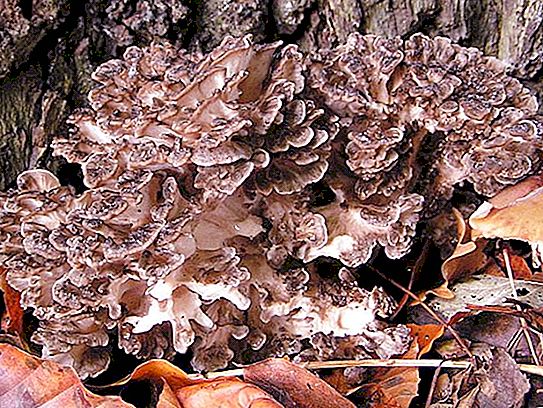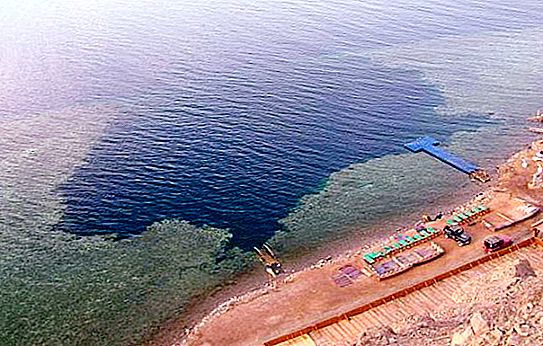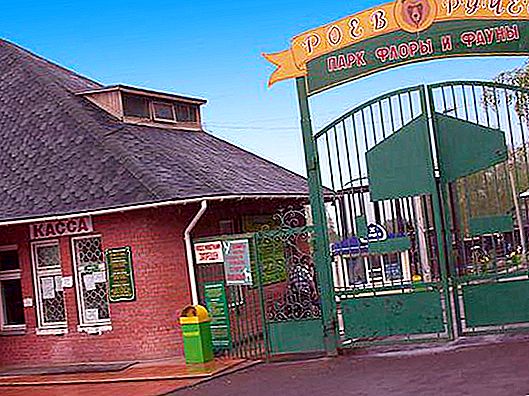The Kazakh city was once founded by the Yaitsky Cossacks and was a distant outpost opposing the raids of local nomads. Currently, it is the administrative center of the West Kazakhstan region. The population of Uralsk is growing rapidly, largely due to the development of the Karachaganak oil and gas condensate field.
General information
The city was built on the right bank of the Ural River (in the middle reaches) and on the left bank of the Chagan River (in its lower part) in a picturesque steppe plain in the north of the Caspian Lowland. Nearby is the Derkul River, the right tributary of the Chagan. The terrain is characterized by significant elevation changes, the most famous hill is the Whistler Mountain.
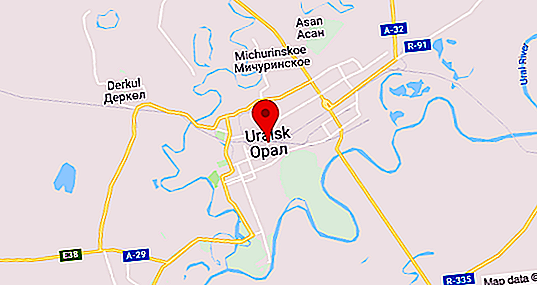
The city has many green spaces, parks and squares, with a total area of 6, 000 hectares. The length of the territory from north to south is 8 km, from west to east the city stretches for about 23 km. The city akimat (the so-called administration in Kazakhstan) is also subject to several nearby villages. The total area of the territory is 700 km 2. The area of the city housing stock is 4 million m 2. The population of Uralsk in 2018 amounted to 305, 353 people, representing over 80 different nationalities and nationalities.
Foundation of the city

Some experts believe that large settlements on the site of the modern city arose even during the Golden Horde, as evidenced by archaeological finds. However, the settlement known in modern history arose only in 1584, then the Cossacks and the runaway peasants who joined them settled here. Now this urban area in simple everyday life, the population of Uralsk is called "Kuren" (Kuren - Cossack home). The first buildings were laid between the Ural (then Yaik) and Chagan rivers. In 1591, the Yaik Cossacks accepted Russian citizenship, but lived on their own.
In 1613, an overgrown village received the status of a city and was called the Yaitsky town. True, this was already the second Cossack settlement with that name, the first was another nearby Kazakh city, which is now called Atyrau. The modern city of Uralsk is also quite often confused with Kamensk-Uralsky, a population which is much smaller.
Before the revolution
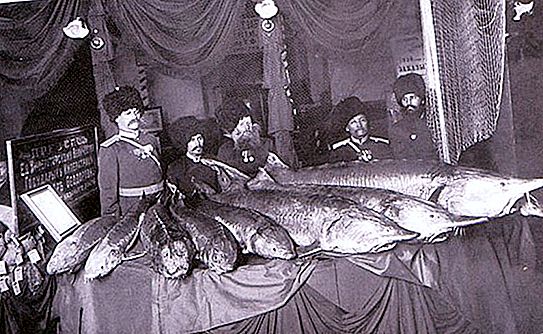
Residents of the city took an active part in the uprising led by Emelyan Pugachev. The Yaitsky Cossacks became the core of his troops. After the defeat of the Pugachevites in 1775, in order to erase the memory of the popular uprising, the Russian Empress Catherine II ordered the river to be renamed the Urals, and the city to Uralsk. The main occupation of the population of Uralsk was fishing, cattle breeding and melon farming. The main income came from red fish, which was called sturgeon fish in those days.
In 1868, the city became the administrative center of the newly formed Ural province. It was during these years that Uralsk began to be built up with stone houses, a theater, a printing house and a music school were built. The population of Uralsk became multinational, except for Russian and Ukrainian peasants, many Tatars lived in the city. According to the census of 1897, 36, 466 residents lived here, of which 6, 129 people named Tatar as their native language.
Soviet time
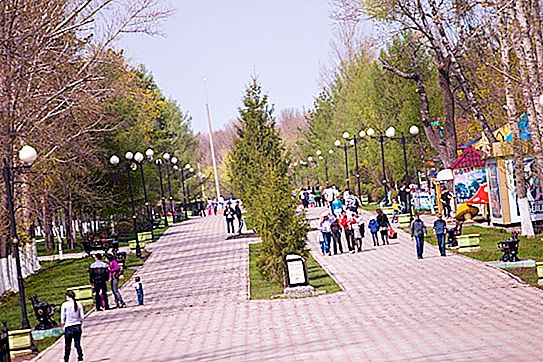
After the hard years of civil war and collectivization, the city gradually became an industrial center. What also contributed to the fact that during the years of World War II, 14 industrial enterprises were evacuated here. For example, one of the leading enterprises of the city, the Ural factory Zenit, which produces weapons for ships, was created on the basis of the evacuated Leningrad factory Engine. In 1959, the population of Uralsk reached 103, 914 people.
In subsequent years, the city grew rapidly and was improved, new multi-storey residential districts and industrial enterprises were built. The number of inhabitants grew rapidly due to the influx of specialists from many regions of the country. In 1991, there were already 214, 000 inhabitants in the city.

